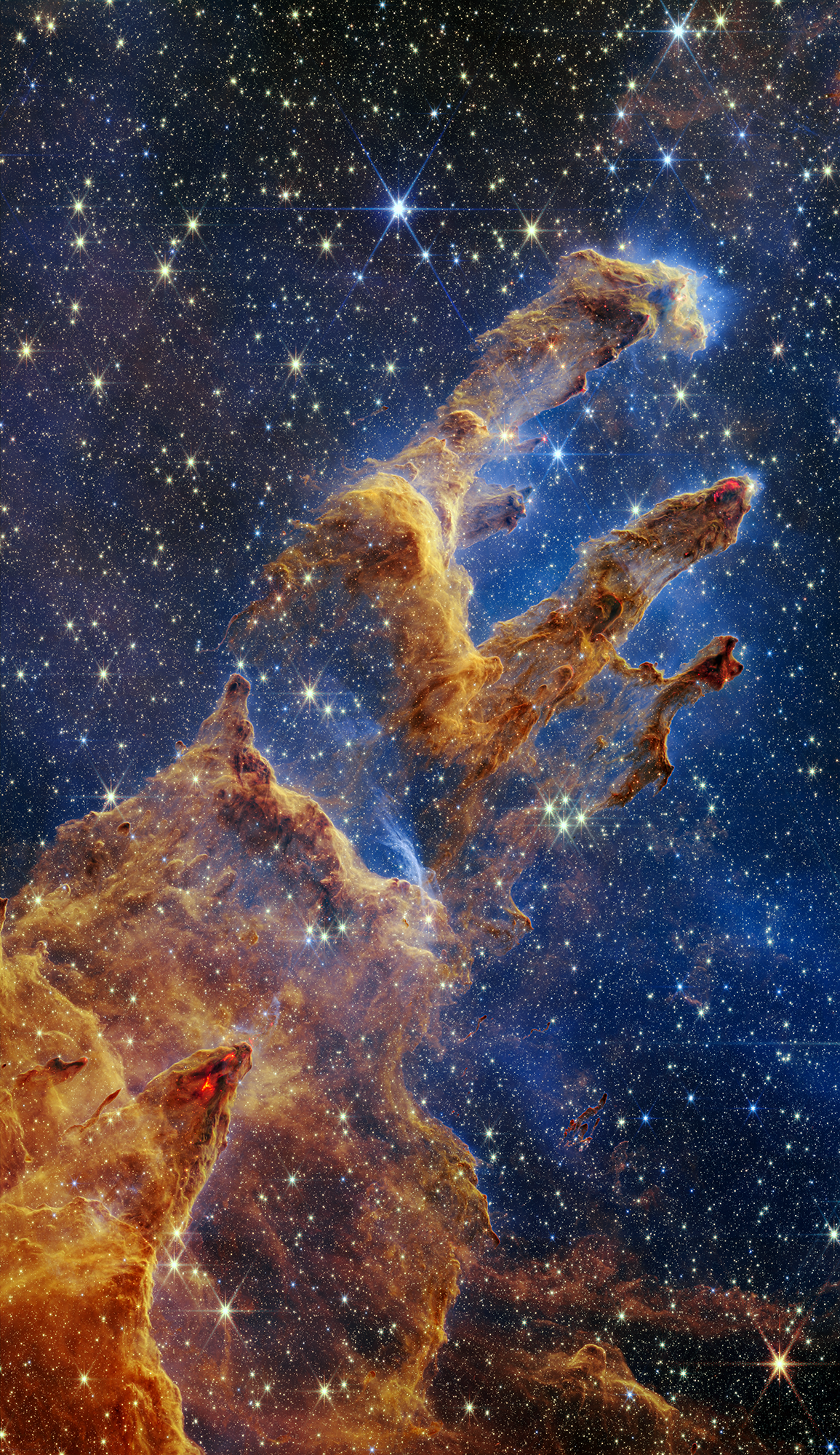Soldato
- Joined
- 16 Aug 2009
- Posts
- 8,088
Will either be down to the spectrum imaged in i.e. infrared, usually to image stuff around a star you have to use various techniques to filter out light from the star and/or the star is partially obscured by dust/gas.
Either that or the star hasn't switched on yet i.e. thermonuclear reactions havn't kicked in yet, when that happens the t-tauri wind will blast any remaining material in the accretion disc off into space, as much as half the mass of the solar system in our case. I'm too lazy to read the rest of the data about that picture to find out.



